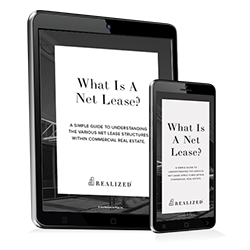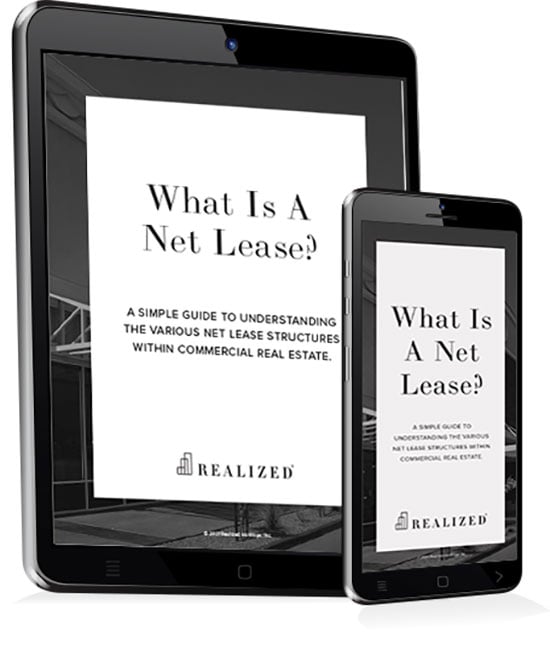
Commercial property leases can take numerous forms, from gross to absolute net. Many of the particulars are standard within each type, but there are variations. Therefore, always carefully review a lease's terms to ensure you aren't surprised by what you are responsible for paying.
Typically, with a gross lease, the tenant pays rent, and the owner/landlord pays all other costs. For example, many apartments are offered with gross leases. The owner calculates the rent at a level that allows them to pay the additional expenses and still have income. In addition, the tenants may pay a share of the utilities with some modified gross leases. This form is easier to employ if the units have sub-metering capabilities, allowing individual tenants to pay according to their usage.
Net leases run from single net through triple net (NNN). Net leases are more common in non-residential buildings like offices and retail properties. Here are the charges that the tenant typically pays in each net lease type:
Single net (N): the tenant pays rent plus property taxes. Some single net leases include utilities.
Double net (NN): the tenant pays property taxes and insurance. Since NN leases are often employed for multi-tenant buildings, the tax and insurance charges are pro-rated according to the tenant's space.
Triple net (NNN): the tenant pays rent, utilities, property taxes, insurance, and maintenance. The owner usually maintains responsibility for repairs, including major and structural repairs. If a NNN lease is used in a multi-tenant building, the lease will divide the costs on a per-tenant basis. However, NNN leases are often used for single-tenant properties, including retail chains, fast food outlets, gas stations, financial institutions, and other businesses that want to control their space but don’t want to own property. These contracts are often long-term.
Absolute net: the tenant pays all the expenses mentioned above and repair costs, often including structural and roof repairs. This arrangement is often employed when the tenant owns the building and then completes a sale with a leaseback.
What are the variable charges with NNN leases?
If one tenant occupies the property, the calculation is straightforward—the tenant pays rent plus the other indicated charges for the entire building. The lease will specify what expenses are included since sometimes the responsibility for external repairs (like a parking lot) remains with the owner.
However, if the NNN lease covers multiple tenants, it must incorporate a method of dividing the other costs fairly. This calculation is not an issue if each tenant occupies identical square footage. Still, if the occupants lease varying portions of the building, they expect to pay on a pro-rata basis. Each would also pay a share of the common area, apportioned by their occupied square footage.
For example, consider an NNN-leased building with ten tenants, each occupying ten percent of the space. In that case, the division of charges for property taxes, insurance, and maintenance could be equal, although tenants would likely still want utilities charged according to usage. But if one tenant occupies half the space while the remaining nine occupy an equal share of the remaining half, the calculation must be adjusted for fairness.
This material is for general information and educational purposes only. Information is based on data gathered from what we believe are reliable sources. It is not guaranteed as to accuracy, does not purport to be complete and is not intended to be used as a primary basis for investment decisions. It should also not be construed as advice meeting the particular investment needs of any investor.
Realized does not provide tax or legal advice. This material is not a substitute for seeking the advice of a qualified professional for your individual situation.
All real estate investments have the potential to lose value during the life of the investment. All financed real estate investments have the potential for foreclosure.
The income stream and depreciation schedule for any investment property may affect the property owner's income bracket and/or tax status. An unfavorable tax ruling may cancel deferral of capital gains and result in immediate tax liabilities.
Programs that depend on tenants for their revenue may suffer adverse consequences because of any financial difficulties, bankruptcy or insolvency of their tenants.



